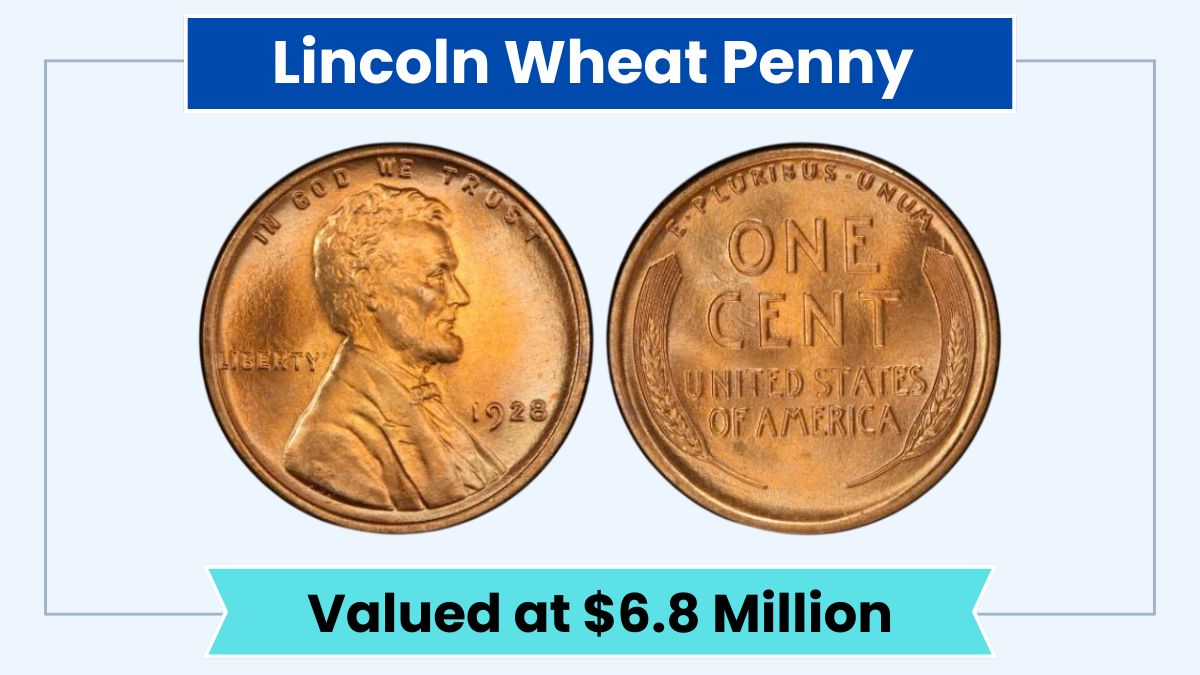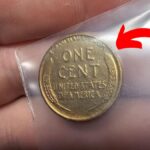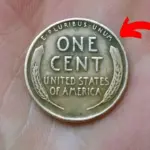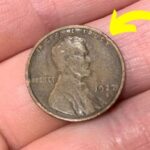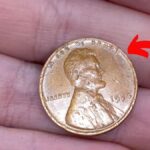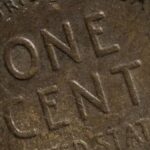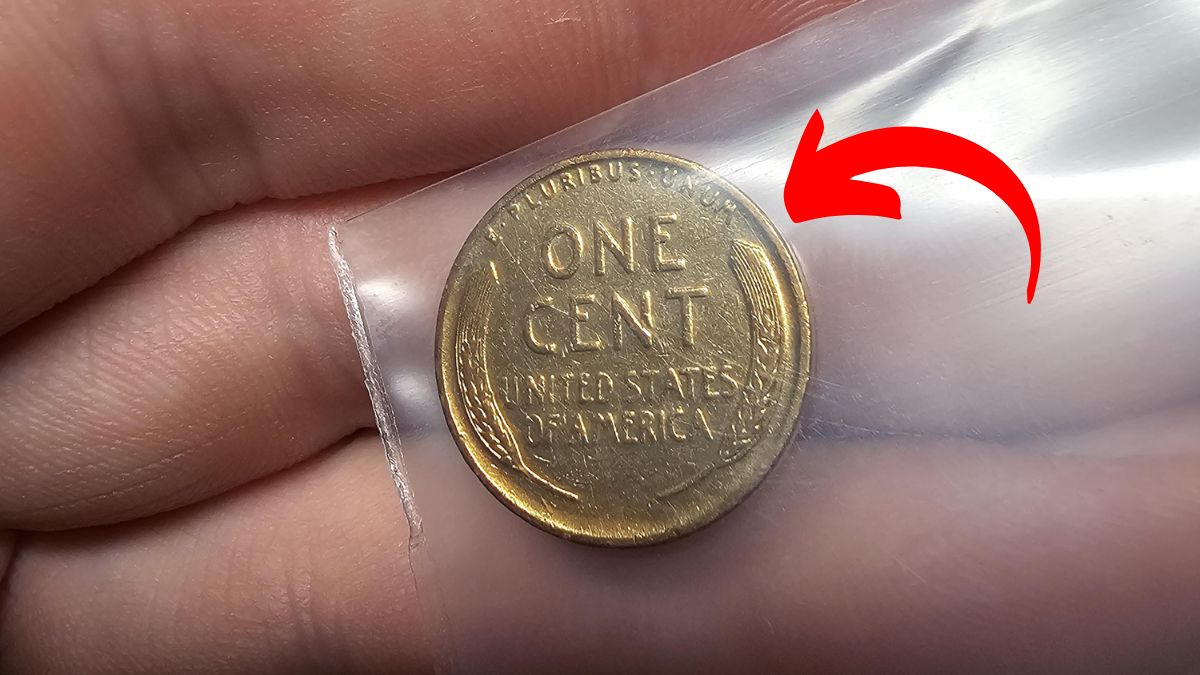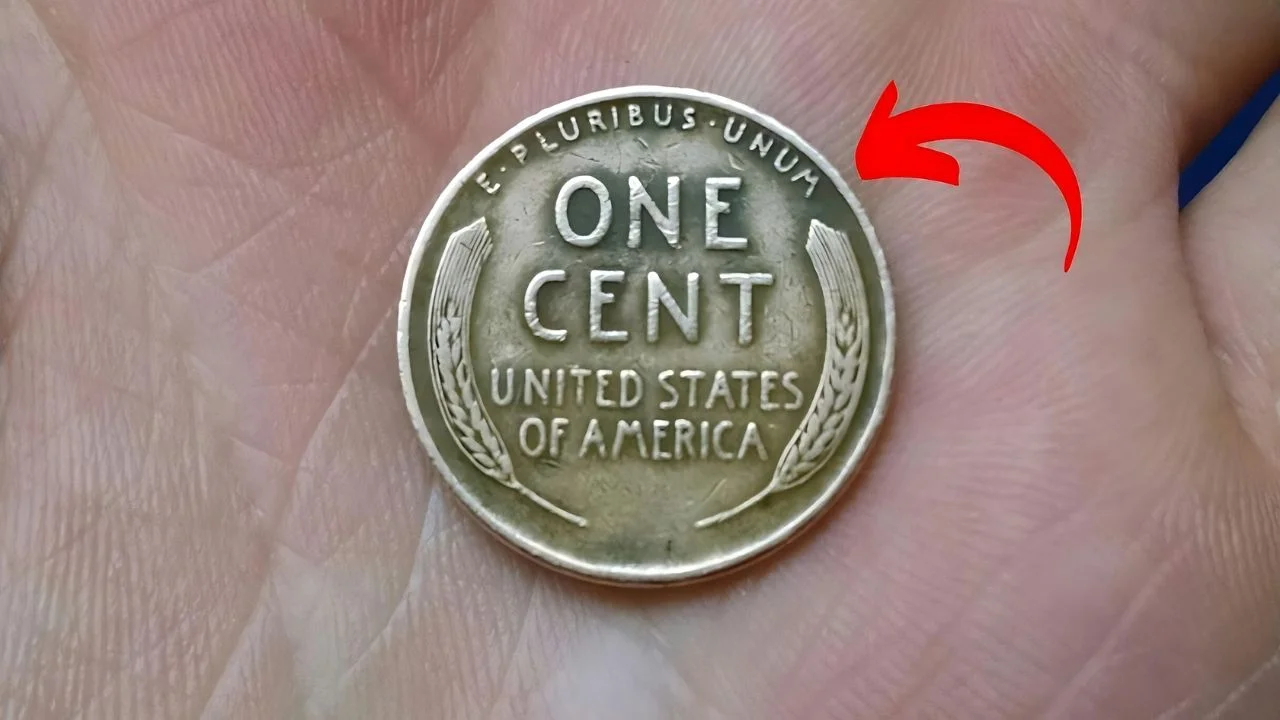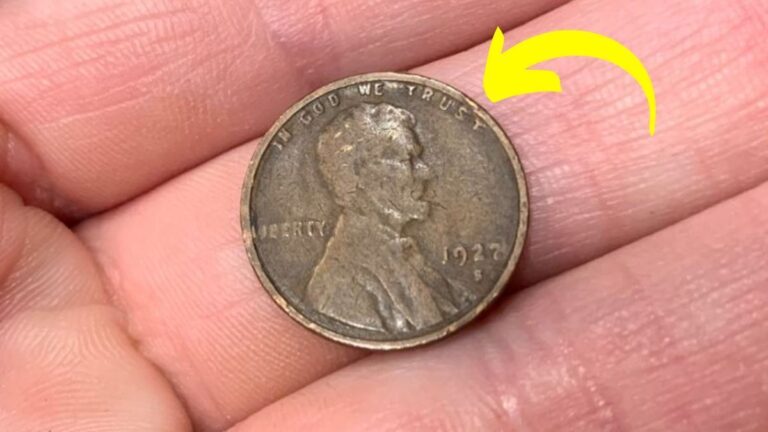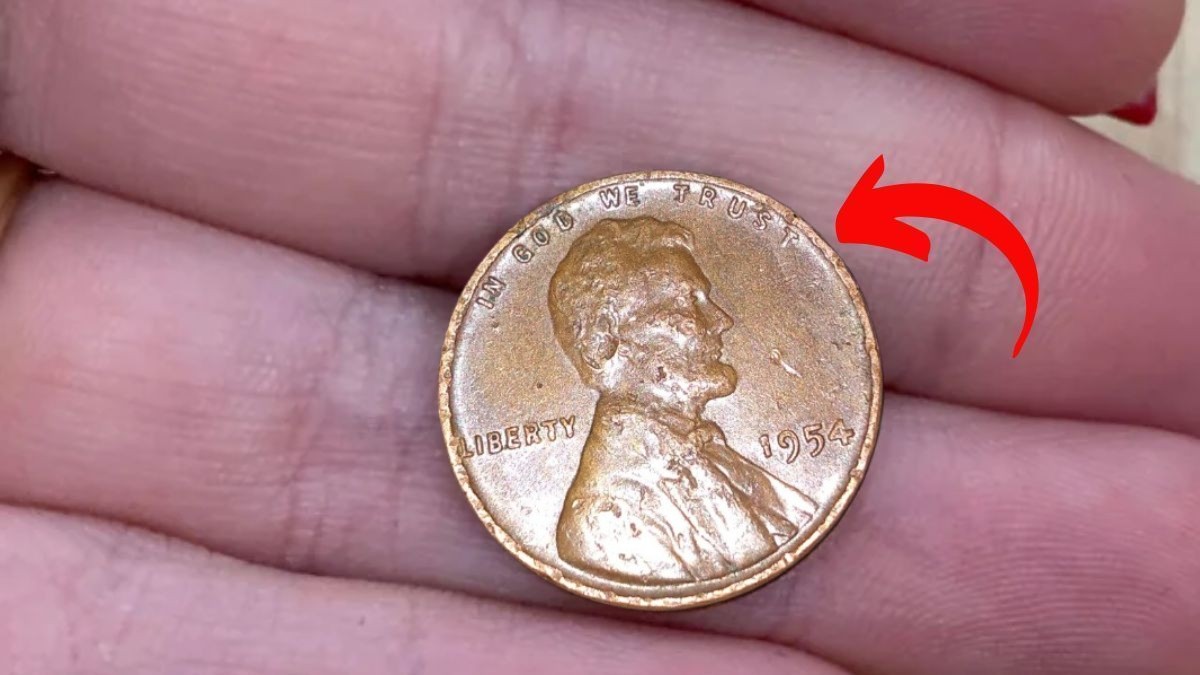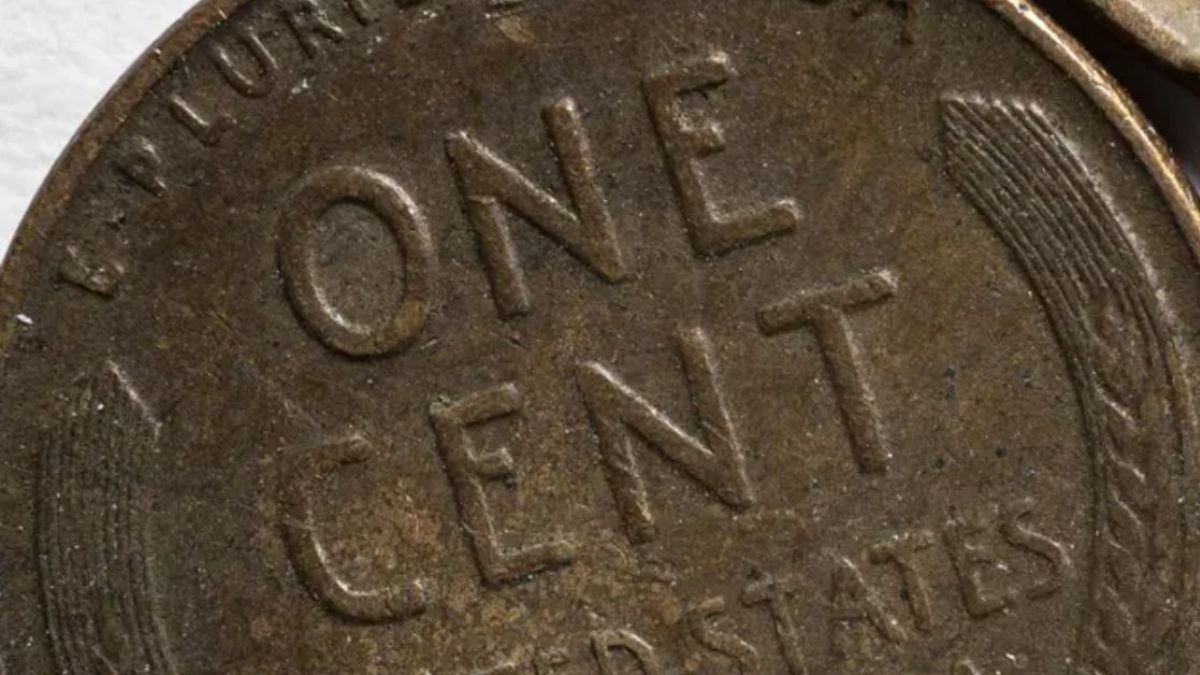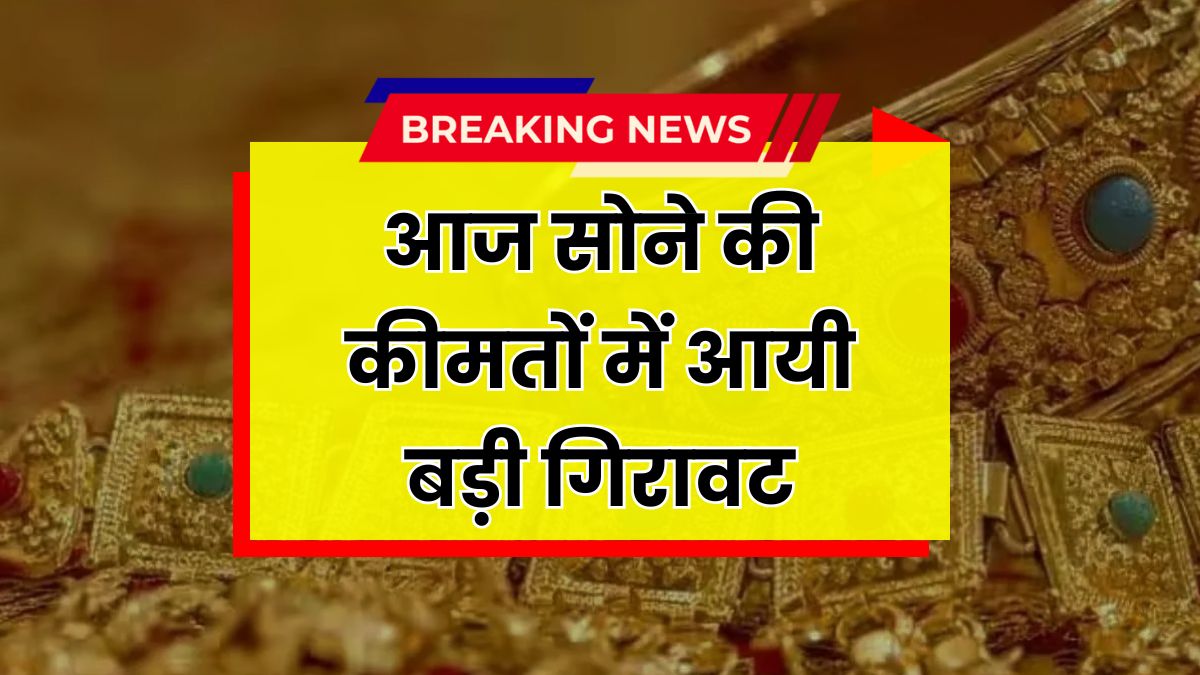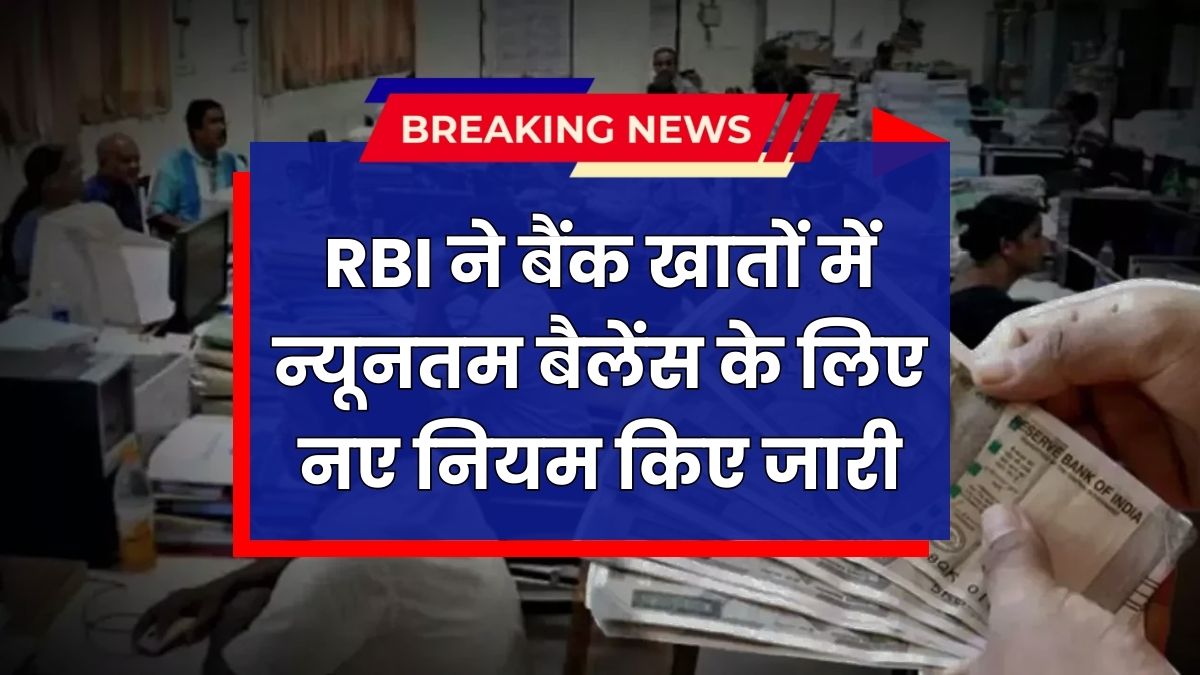Lincoln Wheat Penny Valued at $6.8 Million – It’s hard to believe that a one-cent coin could be worth millions, but in the world of rare coins, anything is possible. One of the most iconic examples is the Lincoln Wheat Penny, which has gained attention due to reports of a version valued at a staggering $6.8 million. While not every Wheat Penny is rare or valuable, a small number of them—because of errors, historical factors, or condition—can sell for life-changing amounts. Could one still be in circulation today? Let’s take a closer look.
What Is a Lincoln Wheat Penny?
The Lincoln Wheat Penny was introduced in 1909 to honor the 100th birthday of President Abraham Lincoln. It was the first U.S. coin to feature a real person, and its design includes two stalks of wheat on the reverse side, giving it the name “Wheat Penny.” This design remained in use until 1958, after which it was replaced by the Lincoln Memorial reverse.
Most Wheat Pennies are common and worth just a few cents, but some rare versions are highly valuable and sought after by collectors worldwide.
What Makes a Lincoln Penny Worth $6.8 Million?
While a specific Lincoln Wheat Penny has not officially sold for $6.8 million, this hypothetical value reflects what might be paid for a coin with an extremely rare combination of characteristics:
1. Ultra-Rare Minting Error
Coins struck in error are often the most valuable. The famous 1943 bronze Lincoln Wheat Penny is a prime example. In 1943, the U.S. Mint used steel for pennies to conserve copper for the war effort. However, a few bronze planchets were accidentally used, making these coins some of the rarest in existence. One example has sold for over $1.7 million, and a flawless, unique version could command even more.
2. One-of-a-Kind Status
If a coin is proven to be the only one of its kind, it becomes nearly priceless to elite collectors. A 1943 bronze penny with a unique mint error, or one tied to a significant historical figure or event, could conceivably reach multimillion-dollar valuations.
3. Condition (Grade)
A coin graded MS-70 (Mint State) or PR-70 (Proof) is considered perfect. If a rare coin is also in pristine condition, its value increases exponentially. Some buyers pay extreme premiums for “perfect” examples of already rare coins.
4. Historical Significance and Provenance
Coins linked to important moments or famous collections often bring higher prices. If a Wheat Penny came from a notable source, its provenance could boost its value well beyond normal expectations.
Could a $6.8 Million Penny Still Be in Circulation?
Although it’s unlikely, the answer is technically yes. Many people don’t realize what they have, and rare coins have been found in:
- Pocket change
- Bank coin rolls
- Old piggy banks or jars
- Garage and estate sales
- Inherited collections
Given how many Lincoln Wheat Pennies were produced—and how often people overlook pennies—there’s always a chance that a rare coin remains undiscovered in circulation.
What to Look for in a Rare Lincoln Wheat Penny
If you come across a Lincoln Wheat Penny, here are the key details to check:
- Date: Valuable years include 1909-S VDB, 1914-D, 1922 No D, 1931-S, 1943 bronze, and 1944 steel.
- Mint Mark: Located below the date. “D” is for Denver, “S” is for San Francisco, and no letter means Philadelphia.
- Metal: A copper-colored 1943 penny might be one of the ultra-rare bronze errors. Use a magnet—steel pennies will stick, bronze ones won’t.
- Weight: Copper pennies weigh about 3.11 grams, while steel ones weigh around 2.7 grams.
- Condition: The less wear and tear, the more it could be worth. Uncirculated coins with full detail and shine are ideal.
- Errors: Look for doubled lettering, missing elements, or off-center strikes.
If you believe your coin may be rare, consider having it professionally graded by PCGS or NGC.
What to Do If You Find a Potentially Rare Coin
- Don’t clean it. Cleaning can permanently reduce its value.
- Store it safely in a coin holder or case.
- Weigh it and inspect it carefully using a magnifying glass or microscope.
- Get it authenticated by a reputable grading service.
- Consult an expert or auction house if it’s confirmed to be rare.
Conclusion
The story of a Lincoln Wheat Penny worth $6.8 million may seem unbelievable, but it’s rooted in the real-world potential of numismatics. Rare coins with the right mix of history, condition, rarity, and mystery can fetch astronomical prices. And while the chance is small, the thrill of discovery keeps collectors—and everyday people—checking their change just in case. Because sometimes, the most valuable treasures are hidden in plain sight.
Disclaimer: The value of coins mentioned in this article is based on market trends and collector interest and is not guaranteed. Always consult a professional appraiser for accurate valuation.
